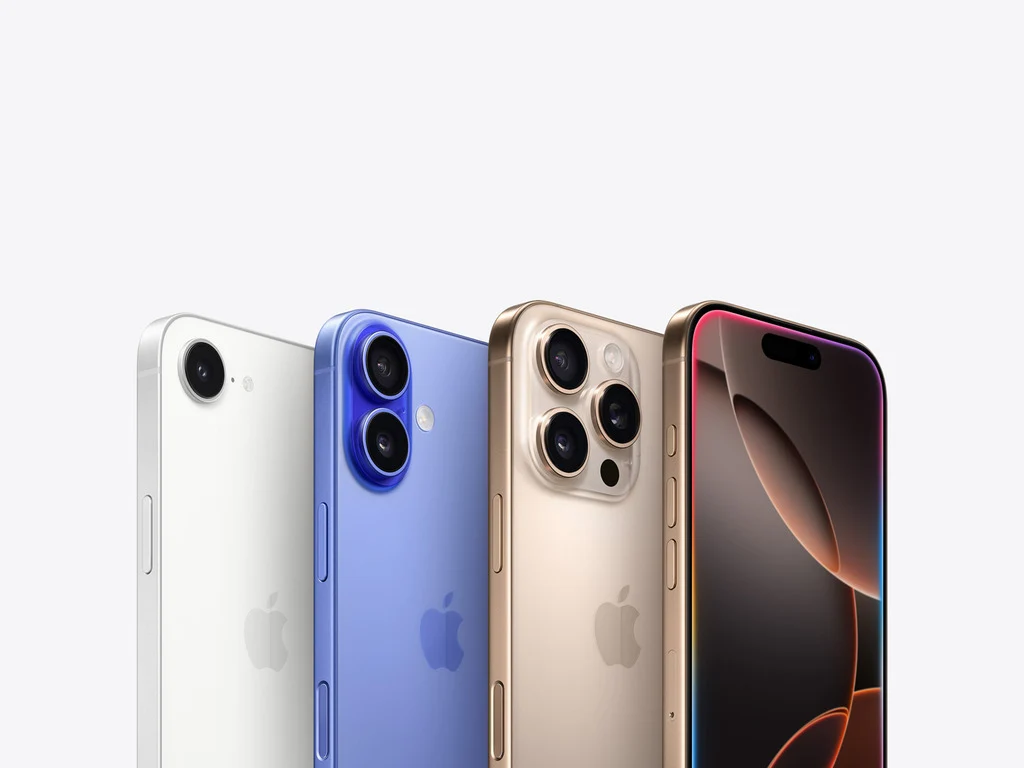Key Takeaways
1. Apple reported a strong revenue increase of nearly 10%, reaching $94 billion, driven by a 13% rise in iPhone sales to $44.6 billion.
2. CEO Tim Cook attributed growth to customer upgrades and preparation for potential US tariffs, leading to unprecedented device replacements.
3. Apple is shifting some manufacturing to India due to rising US-China tensions, despite new tariffs starting August 1.
4. Analysts believe manufacturing in India will be more cost-effective in the long run, despite additional trading costs of $800 million last quarter.
5. Apple faces increased competition in China, prompting plans to invest more in AI features to keep pace with rivals like Huawei and Xiaomi.
Apple shared its revenue numbers for the third quarter yesturday. CEO Tim Cook expressed happiness over the strongest revenue increase since the pandemic began. This impressive growth was primarily driven by a significant rise in iPhone sales, which far surpassed what was predicted. CFO Kevan Parekh mentioned that the company had a record number of active devices across all its product lines and markets. Revenue from iPhone sales climbed by over 13% to reach $44.6 billion, which is six times higher than what analysts expected. The total revenue for the group hit $94 billion, marking a nearly 10% increase – the highest it’s ever been in the April-to-June timeframe.
Growth Factors
Tim Cook noted that a part of this growth can be attributed to the company preparing for possible US tariffs. A lot of customers upgraded their old devices to new ones, especially iPhones and Macs, resulting in an unprecedented level of device replacements for Apple. Even though analysts anticipated a pull-forward effect, the sales were still seen as remarkable for a quarter that is usually slow. This good news was also mirrored in the stock market performance.
Production Shifts
Most iPhones sold in the US are made overseas, mainly in China. While smartphones are currently not subject to import tariffs, rising tensions between the US and China have prompted Apple to shift some manufacturing to India. However, starting August 1, Indian products will also incur a 25% tariff. Despite these new challenges, analysts believe that manufacturing in India will be more cost-effective in the long run. Apple calculated the extra trading costs to be about $800 million last quarter, with another $1.1 billion expected this quarter.
Competitive Landscape
There are early signs of recovery in the Chinese market, where Apple faces growing competition from brands like Huawei and Xiaomi. Sales have improved thanks to discount promotions that have helped stop the declining trend. Competing companies have been particularly successful with their AI features, an area where Apple has been relatively slow. However, CEO Cook has stated that Apple plans to invest more in this area moving forward to keep pace. The potential acquisition of AI firms such as Perplexity and Mistral, as reported by Bloomberg (paywall), could bring the success promised at WWDC25 sooner than expected.
Source:
Link












